Currently, SAG-AFTRA is in negotiations with the Alliance of Motion Picture and Television Producers (AMPTP) over the collective bargaining agreement that governs the work of SAG-AFTRA’s members in “theatrical” work — i.e., movies and dramatic television. The current three-year contract is set to expire on June 30, 2017. (You can read the basic agreement plus the memoranda of agreement that contain updates to the basic agreement on the SAG-AFTRA website.)
If you are a stand-in who works on union productions, the negotiations are important to watch. For the last negotiations, stand-ins got a 5% raise annually, which outpaced the raises of many other SAG-AFTRA members, notably background actors.
The negotiations are important to watch for another reason: If the negotiations do not yield a satisfactory agreement, SAG-AFTRA members may go on strike. If that happens, union members would not be able to do stand-in work on movies and dramatic television. Most of those productions would halt because their principal actors — most of whom are likely union members — would also not be allowed to work.
Recently, SAG-AFTRA’s board of directors voted unanimously to authorize sending to members a strike authorization referendum. That the board of directors got to the point of threatening a strike indicates that the negotiations — which are under media blackout — are not going well for the union. But a strike and a strike authorization are two different things. If a strike is collectively refusing to work, then what is a strike authorization? And what does it mean to the stand-in?
What a Strike Authorization Is
SAG-AFTRA’s Constitution draws out what has to happen in order for the union to call a strike. Under Article XI (E), the SAG-AFTRA Constitution reads:
With respect to any multi-employer or national agreement, the National Board may declare a strike against any employer upon a vote of seventy-five percent (75%) of the members affected thereby voting on the question. Such vote shall be conducted either by (a) a membership referendum conducted by mail or electronic means, under policies and procedures established by the National Board; or (b) in membership meetings, under policies and procedures established by the National Board. Where an employer is seeking to impose a final offer or to terminate an agreement, the National Board shall have emergency authority to authorize and declare a strike.
Translating this passage, when a collective bargaining agreement expires, and when the union does not agree to the producers’ terms, the union cannot simply call a strike. Instead, in order to call a strike, the union must have authorization from its members to call a strike. But not all members necessarily have a say in a strike authorization. Only those members who work under the collective bargaining agreement have a say.
Of those members who have a say, 75% of them or more have to vote favorably to authorize a strike in order for the union to have the power to call a strike after the expiry of the collective bargaining agreement. That vote may be conducted via mail, via some electronic means, or via membership meetings. The SAG-AFTRA National Board lays out the procedures for voting and the policies to be followed during that vote. The presumption is that if less than 75% of members vote favorably to authorize a strike, then the union would not have the power to call a strike.
There is no guidance on just how many members must vote in order to justify strike authorization, so low voter turnout can still lead to a strike authorization as long as 75% vote in favor of authorizing a strike.
How to Vote
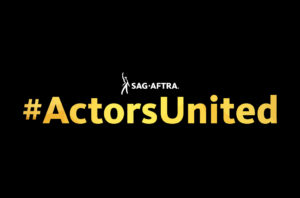
SAG-AFTRA created the #ActorsUnited hashtag upon release of information about its board’s unanimous vote to authorize a strike authorization referendum
In general, if the SAG-AFTRA National Board of Directors has voted unanimously to authorize sending a strike authorization to members, then the union is going to want its members to vote in favor of a strike authorization. Naturally, if you are given the opportunity to vote, this does not mean that you have to vote in favor of authorizing a strike. It simply means that you will be unlikely to see the union promoting any other way to vote during the strike authorization referendum.
A strike authorization does not simply authorize the union to strike when producers do not offer the union favorable terms. A strike authorization also serves as a bargaining chip during negotiations: The union can threaten the producers with a strike supported by its members if the producers do not present more favorable terms. The implication is that producers would be hurt financially if they do not present more favorable terms to the union, because production will halt if the union went on strike. If the producers don’t want the financial hurt, they may be in a position to present a better offer to the union.
If you work as a stand-in and you are voting, it may be interesting to ask yourself how you are voting. Are you voting individually, or are you also thinking of others covered by the proposed agreement? In other words, are you voting simply as a stand-in? Or are you voting as a representative of the entire class of members covered by the proposed agreement? There is no mandated way to think when casting a vote. You can just as well think about only yourself as you can think about your union brothers and sisters when casting your vote. Would they think of stand-ins when casting their vote?
It may also be interesting to consider the many different kinds of jobs you work under the proposed agreement — or may work under the proposed agreement. That is, are you also going to do background work under the proposed agreement? Principal work? Stunt or stunt coordinator work? Are you an pilot? A singer? There are a number of different types of performers covered under the theatrical agreement. What do you think of the terms offered for your work or potential work under the proposed agreement?
The Sticky Wicket
The tricky aspect of voting for or against a strike authorization is that you do not know the proposed agreement yet. It may be that you are actually fairly satisfied with where the negotiations are right now for, say, stand-in pay and work conditions, so you would not be in a position to favor a strike authorization and thus a strike. Calling a strike would rob you of both those favorable terms as well as stand-in work in general.
You also do not know if, say, you had favorable stand-in pay and work conditions right now in negotiations, whether those might still be bargained away as negotiations continue. Would you vote to authorize a strike were it that a few days later the union gave away part of your raise or some of your work conditions?
But you do not know the specific place the union is with negotiations for stand-in work. All you may know for now is from SAG-AFTRA’s letter explaining the AMPTP’s “unwillingness to come to a fair and equitable agreement,” the AMPTP’s “outrageous rollbacks that cut to the core of [SAG-AFTRA’s] basic terms and conditions,” and that the AMPTP “has failed to make sufficient progress on [SAG-AFTRA’s] most critical issues.” You do not know if that verbiage means stand-ins are being subjected to “rollbacks,” cuts, or unfair or inequitable terms. In fact, you don’t know anything about what jobs the union speaks of when talking about unfair or inequitable treatment. For all you know, the union may be speaking of other jobs you don’t work under the collective bargaining agreement, jobs that have little impact on your work as a stand-in.
Low Voter Turnout and Its Effects
As explained above, there is no guidance on just how many members must vote in order to justify strike authorization. Given that many members choose not to vote on referenda (meaning that the percentage of those who cast votes is low), it could turn out that a small amount of voting members may have an influence over whether the union authorizes a strike. Given that SAG-AFTRA generally seems to promote voting favorably for its referenda, it is likely that voting members will cast more favorable votes for strike authorization than votes against strike authorization, no matter how low the turnout is.
In other words, it would require a passionate and relatively large turnout of members voting against strike authorization to block SAG-AFTRA from the ability to call a strike. That said, if you are planning to cast a vote against strike authorization, you may need to consider passionately promoting your views to others and strongly encouraging their voting in the strike authorization referendum.
Final Words
Stand-In Central currently takes no position on whether to vote for or against a strike authorization in the 2017 Theatrical negotiations between SAG-AFTRA and the AMPTP. Instead, Stand-In Central encourages those SAG-AFTRA members who are able to vote to vote, to contemplate how you are making your vote, and to consider the implications of your vote.
What insights do you have into the 2017 Theatrical negotiations? Do you know how they are looking at stand-ins? How are you voting on a strike authorization? Share your insights below!


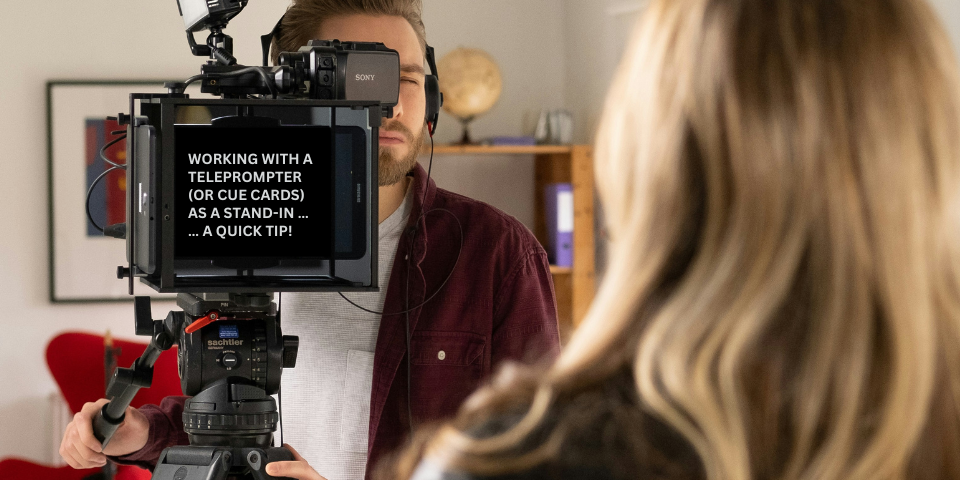
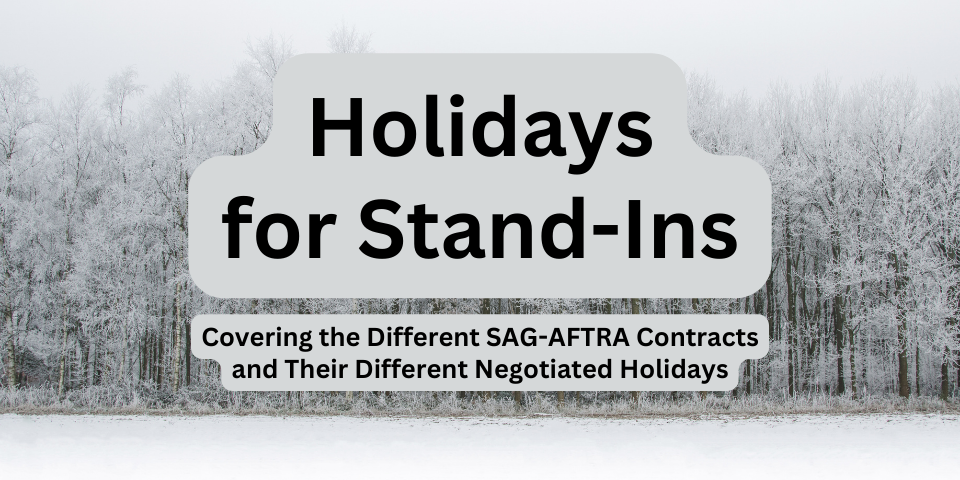
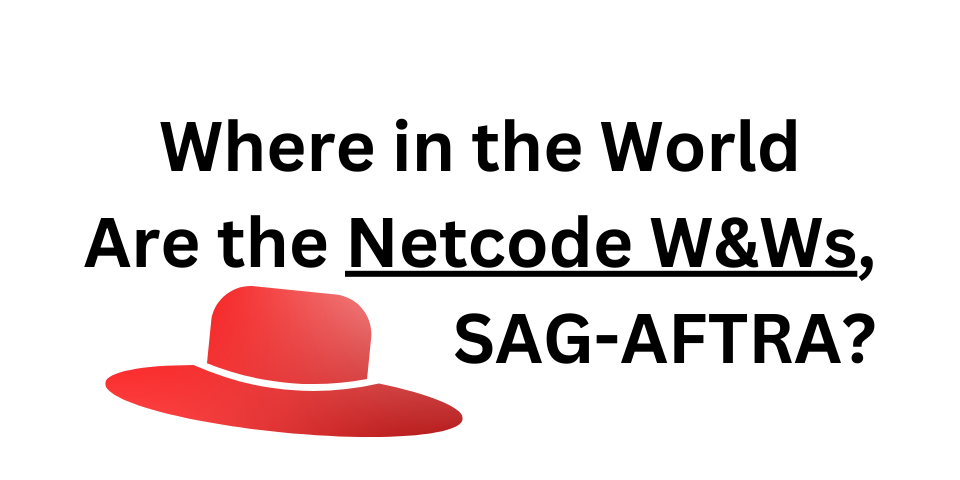
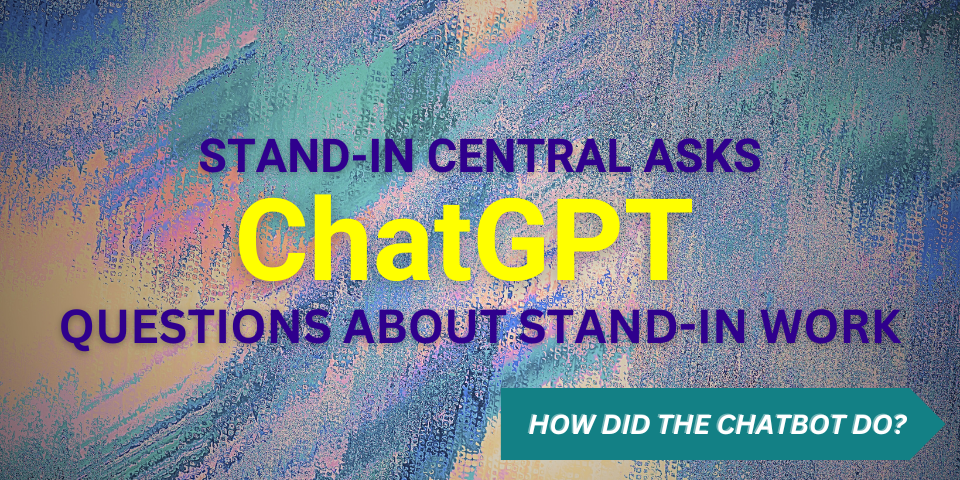
Leave A Comment